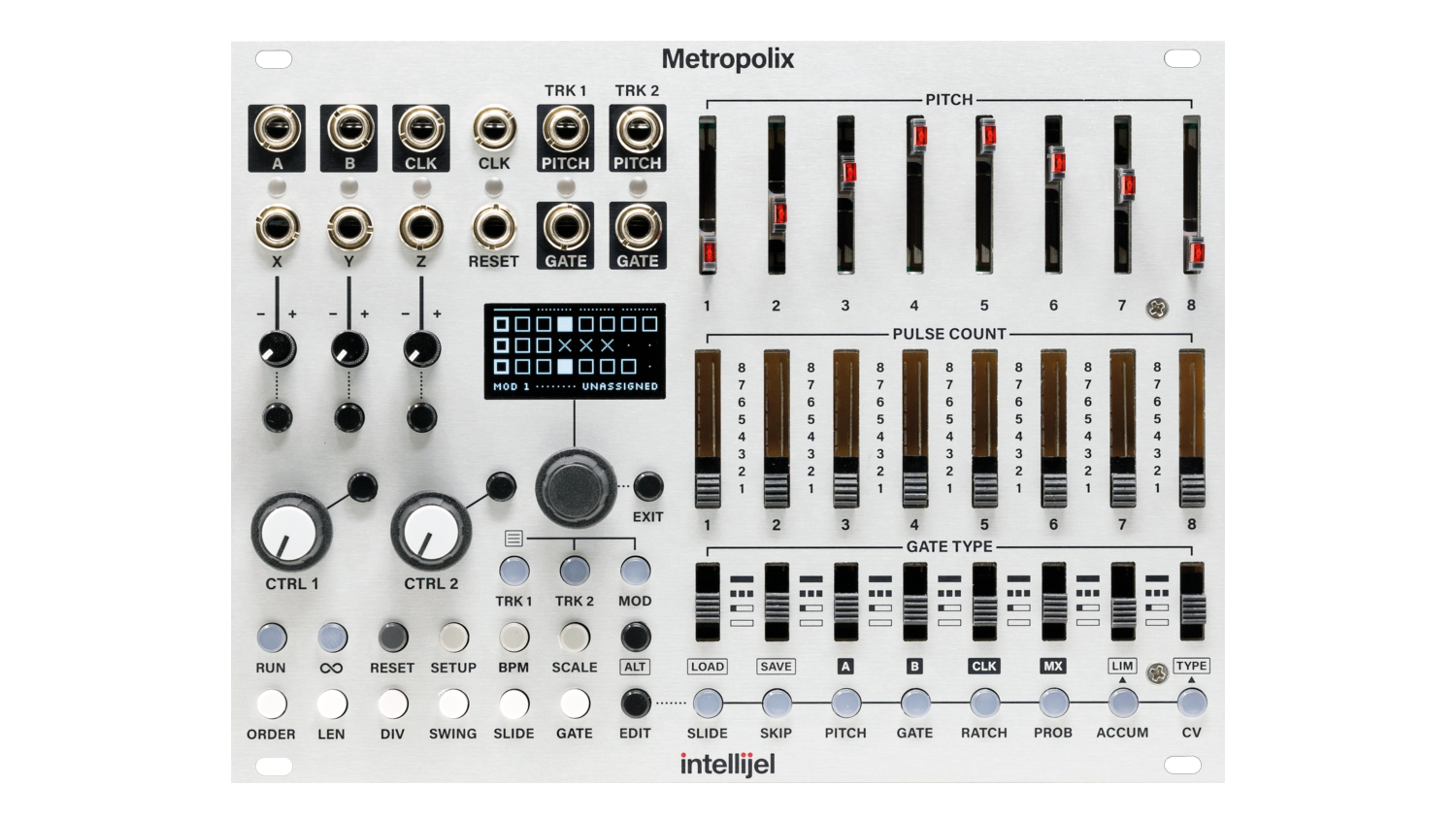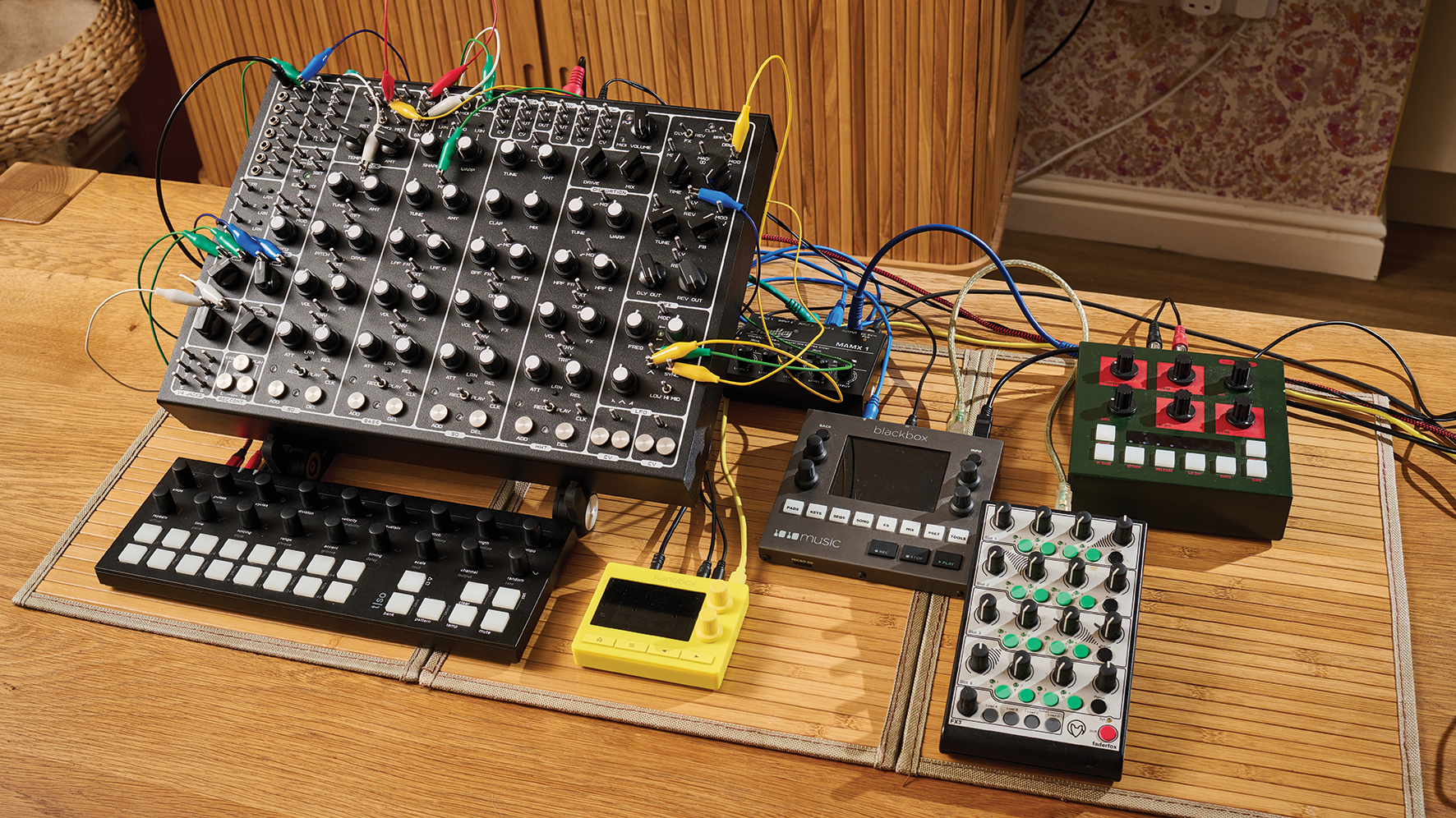
The advent of cheap, powerful personal computers utterly revolutionised music-making. Even as electronic music gear became more affordable on the secondhand market throughout the 1980s, the act of actually recording and releasing music still required inaccessibly expensive studio gear.
Sure, the likes of Tascam’s Portastudio allowed musicians to make rough, lo-fi recordings at home, but it’s been the advancement of software DAWs and plugins that has truly made music-making accessible to DIY musicians.
That trend has really accelerated in the 21st century. On the music making front, even free or budget DAWs now contain pretty much all a budding producer needs to record, create and mix full tracks, and a mid-spec laptop can emulate the capabilities of a fully-equipped pro studio. What’s more, music-making software has escaped the confines of computers to sit on portable devices like phones and tablets, allowing truly go-anywhere creativity.
Interestingly though, all of this advancement has also led to a trend in the opposite direction, as a subset of electronic producers raised in an age of DAWs, plugins and controllers look to de-emphasise or completely remove the computer from their creative process.
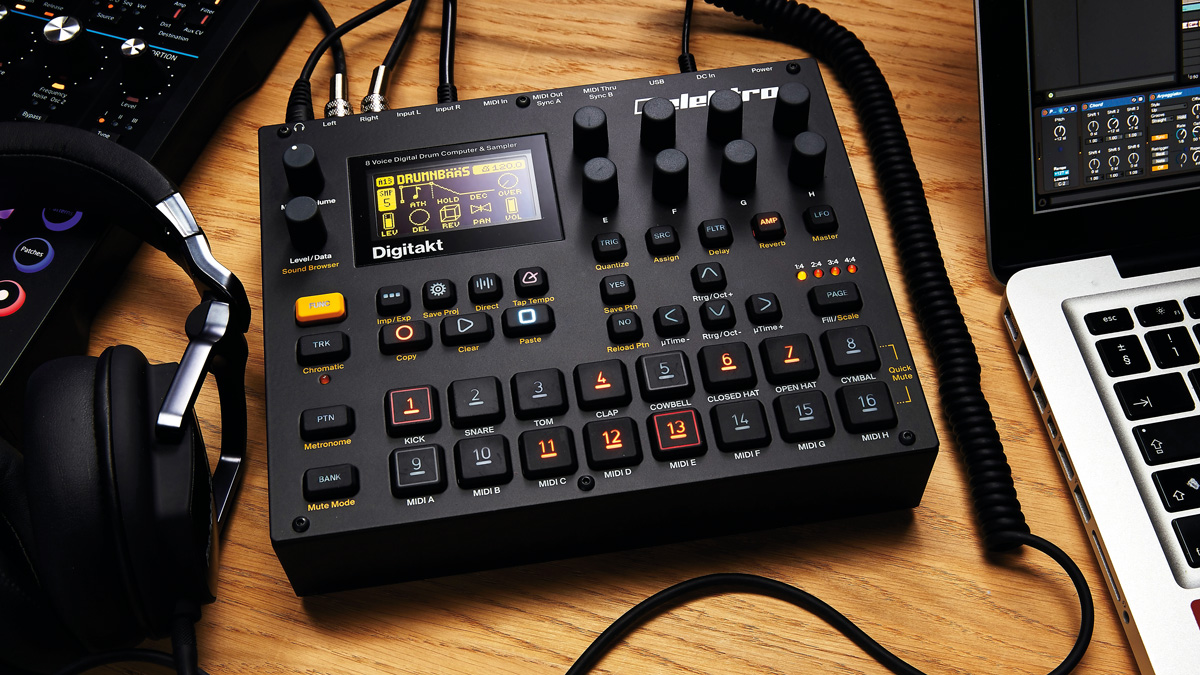
Best samplers 2023: 16 top picks for hardware music-making, live performance and DAW-less jams
To see this in action, we only have to look at the changing state of Akai’s MPC line. The original MPCs of the late ’80s and ’90s were the quintessential hands-on production tools – allowing budding beatmakers to not only sample and layer a variety of sounds, but to actively play them, jamming with the hardware like a real instrument. By the late-’00s, however, the MPCs were looking outdated, and were soon overshadowed by the slick, software-based setup of Native Instruments’ Maschine.
Within a decade, however – in which Akai released a number of decent, if forgettable controller versions of the MPC – the range veered back towards standalone capabilities with 2017’s MPC Live. Far from being a one off, that MPC has laid the blueprint for the whole range. Akai’s move no doubt inspired NI to develop the similarly CPU-equipped Maschine+ and, most recently, Ableton has followed suit with its new standalone Push.
Simultaneously, the notably retro approach of CV-based sequencing has had a major revival, thanks to gear like Arturia’s Beat- and KeyStep lines and the abundance of modular and semi-modular gear on the modern synth market.
Taken in combination, it means that, more so than at any other time since the turn of the millenium, there are a multitude of options available for musicians who want to create or perform electronic tracks without relying on a computer as a hub.
Do you really want to go laptop-free?
On the one hand, the idea of music-makers wanting to free themselves from reliance on a laptop is quite understandable. The omnipresence of computers, phones and tablets has massively enhanced our lives in numerous ways.
However they can also dominate our time. Between work, leisure, communication and general day-to-day tasks, many of us spend a big chunk of our waking hours looking at a screen. So it’s natural to want to minimise screen time when it comes to something as creative as making music.
What’s more, the classic computer interface is pretty much the antithesis of a musical tool. Designed to be functional rather than expressive, they can sometimes feel a million miles away from the expressive connection that comes from using a musical instrument or even a tailor-made synth interface.
Performance-wise, there are few things less appealing from an audience’s perspective than seeing a musician hunched over a screen, looking like they’re checking their emails rather than connecting with the crowd.
Many of us spend a big chunk of our waking hours looking at a screen, so it’s natural to want to minimise screen time when it comes to making music
The significant counterpoint to this, however, would be that a modern laptop that’s loaded up with a contemporary DAW is by far the most capable and convenient portable music making device that’s ever been created. What’s more, many of the downsides outlined above can be easily overcome with the use of MIDI controllers or hardware instruments.
As with any music-making endeavour, there’s no need to be dogmatic about it. If the idea of computer-free music making sounds appealing to you, it’s worth considering exactly what it is you’d rather do in the physical realm and whether it’s best to completely lose your laptop or computer completely, or simply de-emphasise it.
Below, we’ll explore some ways to be musically creative that can entirely sidestep the need for a DAW, but can also be used to create a setup that shifts the creative process elsewhere, whilst still using a computer when it’s most convenient.
Who needs a computer anyway...
As a starting point, let’s assess what we most commonly use a computer for in a music-making context. In a basic studio workflow, a DAW’s duties can be roughly divided into sound creation and performance, sequencing and arrangement, recording and editing, and mixing and effects processing.
Sound creation is probably the easiest process to replicate ‘out of the box’. A choice selection of synths, drum machines, samplers or acoustic instruments will do the job – and a few of these synced together may be enough for many live performers with little else needed.
Many electronic instruments come equipped with sequencing capabilities of their own too. Although, as discussed over the page, for more complex patterns and longer arrangements, specialist sequencers or DAW-in-a-box tools like Push or MPC Live give far more flexibility.
Expect to work around some serious limitations when it comes to things like track counts, stereo processing and effect automation
When it comes to mixing and effects, there are no end of outboard processors and quality hardware mixers on the market. Be warned though, that even if you go down the ‘budget route’, gear-wise, things can quickly get expensive once you factor in multiple forms of effect treatment. Expect to work around some serious limitations too, when it comes to things like track counts, stereo processing and effect automation.
Recording and editing is where the gap between the convenience of a DAW and non-DAW options is most obvious. While there are many ways to record a track without involving a computer – from hard disc recording to old-fashioned tape – it’s at this point that many are likely to abandon a steadfast commitment to going DAW-free, even if it means just using a simple option like GarageBand like a basic (albeit far cheaper and more convenient) tape machine.
4 DAW-less setups for making music without a computer
Choosing to ditch the laptop is a big decision, but even once you’ve committed, there’s another choice to make: how? There’s no single set laptop alternative for making electronic music. There are a variety of gear options out there that can, to varying degrees, replace the functionality of a DAW.
Let’s survey a few of the best options, each of which could offer a route into a new, self-contained setup, or be used as part of a mix ‘n’ match approach.
1. DAW-in-a-box
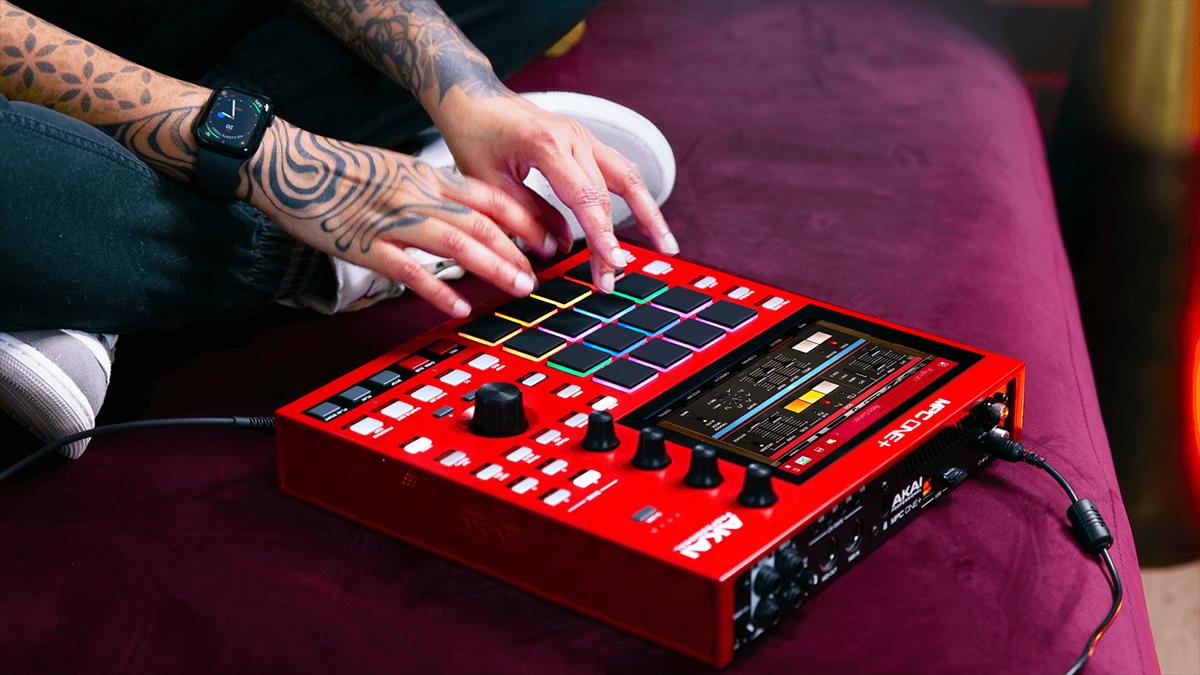
The past decade has seen the advent of standalone hardware devices that offer near-DAW levels of sound creation, sequencing and effects processing, albeit in a self-contained device that puts more emphasis on hands-on control.
The obvious examples are Ableton Push, which offers a fully-equipped version of Live in standalone mode, NI’s Maschine+, a fully-featured version of the Maschine software plus some, but not all of Komplete’s synth and effect line-up, and Akai’s latest-gen MPCs, which combine extensive audio and MIDI sequencing along with an array of Air instruments and effects.
These are as close as you’ll get to using a DAW without the need to rely on a mouse and keyboard. Into this category we could also include some of the better-equipped samplers and grooveboxes, such as Roland’s MC-707 and MV-1.
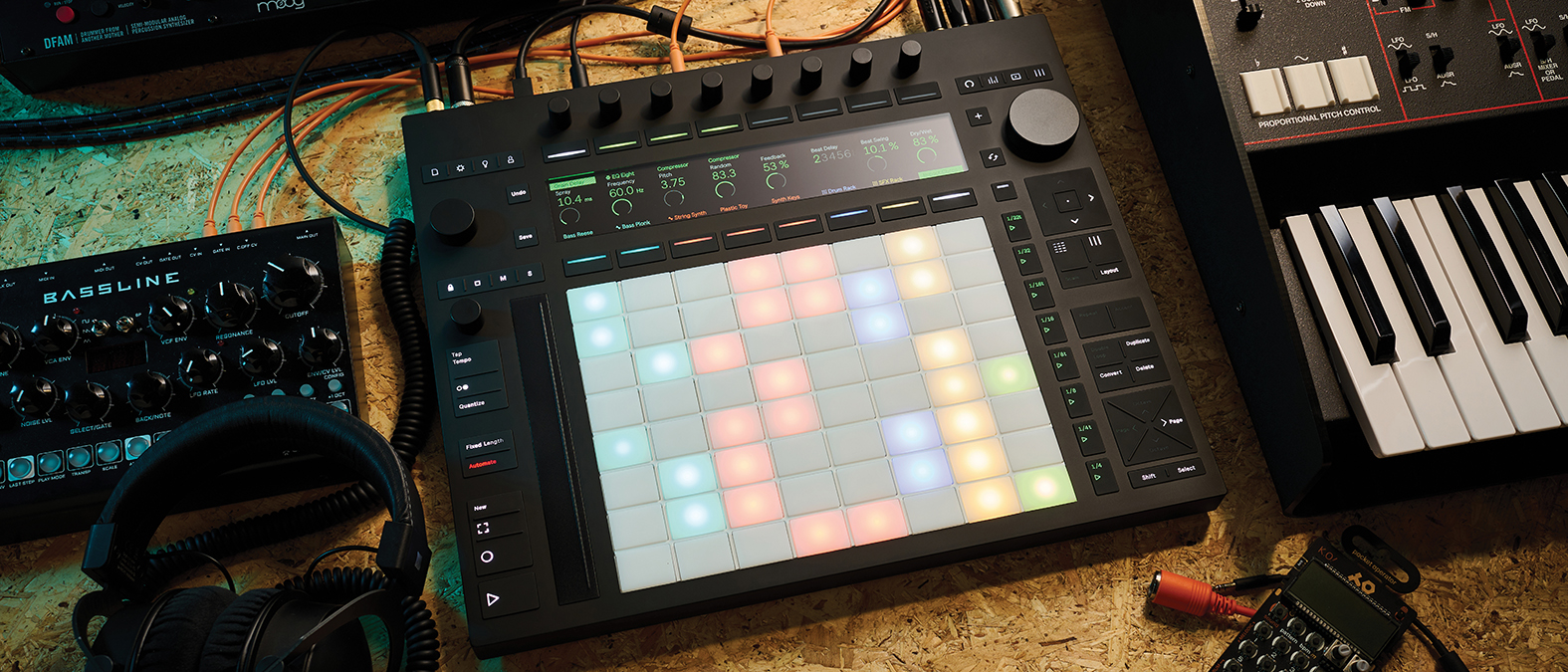
Despite any limitations, each can cover most of what we’d expect from a DAW. Each offers sound creation, ranging between stock synths, sampling and beat making tools, with flexible capabilities to sequence both the internal sounds and – to varying degrees – external hardware. In all cases, there are broad effect options onboard and some form of recording, arranging and exporting options, meaning each could effectively create a finished track.
However, in spite of their self-contained nature, a large part of the appeal here lies in the fact that each can work closely with a computer when needed. Push, Maschine+ and the MPCs can all act as controllers for their software counterparts, allowing sounds and projects to be sent back and forth so that musicians can, effectively, have the best of both worlds.
You could argue that these options aren’t that dissimilar from using a computer – each has a screen, and a fair few menus to navigate in use. While each has its own limitations, notably none allow the use of third-party plugins. What they do boast are specifically designed, more expressive control interfaces that certainly feel more ‘hands-on’ than most DAW setups.
Pros: These near DAW-level devices are as close as you can get to the flexibility and depth of a computer without being bound to a screen.
Cons: They’re not a million miles away from being computers themselves – so perhaps a laptop and controller is an equally good (and cheaper) option.
2. Hardware sequencing
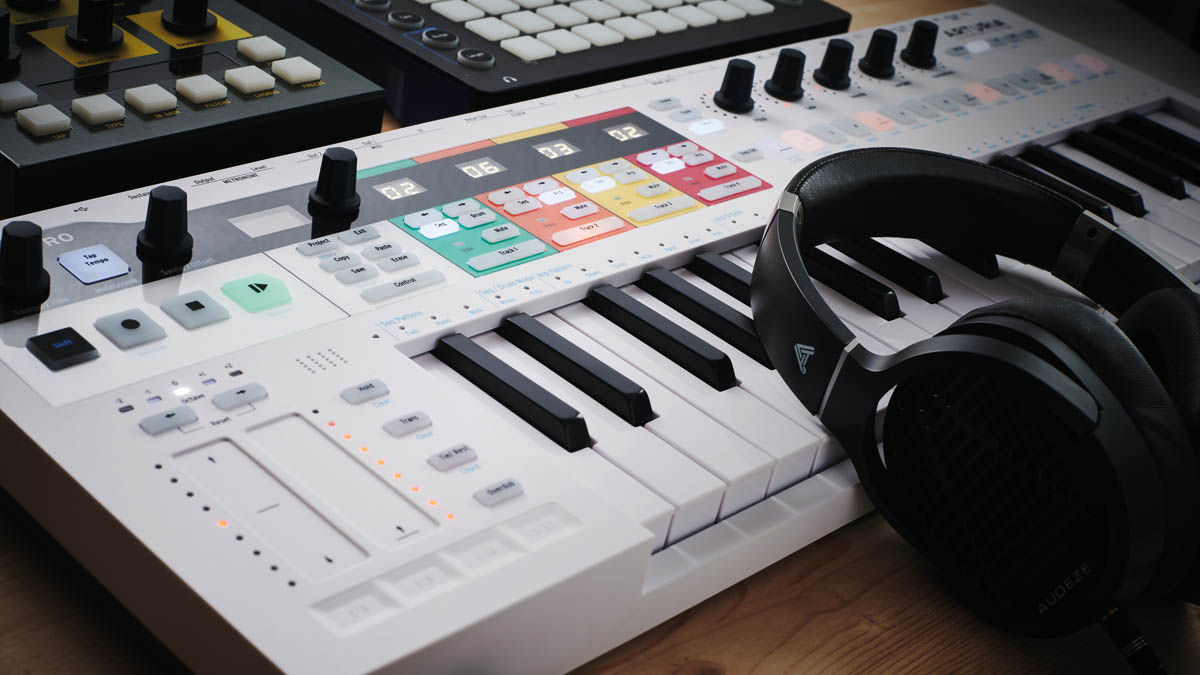
If you already have an array of sound-creating devices in your possession – ie synths, samplers or drum machines – the key creative function of a DAW you’ll need to replicate is the ability to create, capture and recall ideas such as drum grooves, melodic patterns and song arrangements.
A lot of electronic music gear comes equipped with some form of sequencer, and there’s a whole lot that can be achieved by simply syncing multiple sequencer-equipped instruments via MIDI or analogue clock.
There are, however, a number of benefits to enlisting a ‘hub’ device that can sync or sequence multiple instruments. Obvious examples include Arturia’s KeyStep Pro and BeatStep Pro, Novation’s powerful SL MkIII or Korg’s SQ-64.
A significant advantage of using multi-track sequencers like these is that they allow you to keep focussed on a single control interface for inputting or playing patterns, muting or soloing parts and adjusting modulation, rather than hopping between instruments mid-jam/performance. Another advantage of these more feature-packed sequencers is their ability to store, recall and arrange multiple patterns in order to form arrangements more akin to a fully-formed song.
The other element that needs to be considered when using this approach is some form of mixer in order to combine the audio feeds from your various instruments. There’s a wealth of mixer options out there, ranging from cheap and cheerful to high-end options like SSL’s excellent BiG SiX.
Whatever you go for, it’s worth considering some effects capabilities. Most mixers offer some form of EQ and compression. Others add digital multi-effects or a separate send/return, allowing you to incorporate external hardware effects. All of this can go a long way to replacing the functionality of mixer channels and insert effects in a DAW.
Pros: Hardware sequencers are a great way to get hands-on creatively and perform tracks, even if you’re not a traditionally trained ‘player’.
Cons: You’ll need some form of mixer to combine your sound sources. Using multiple instruments can make it tricky to save and recall a performance too.
3. Eurorack
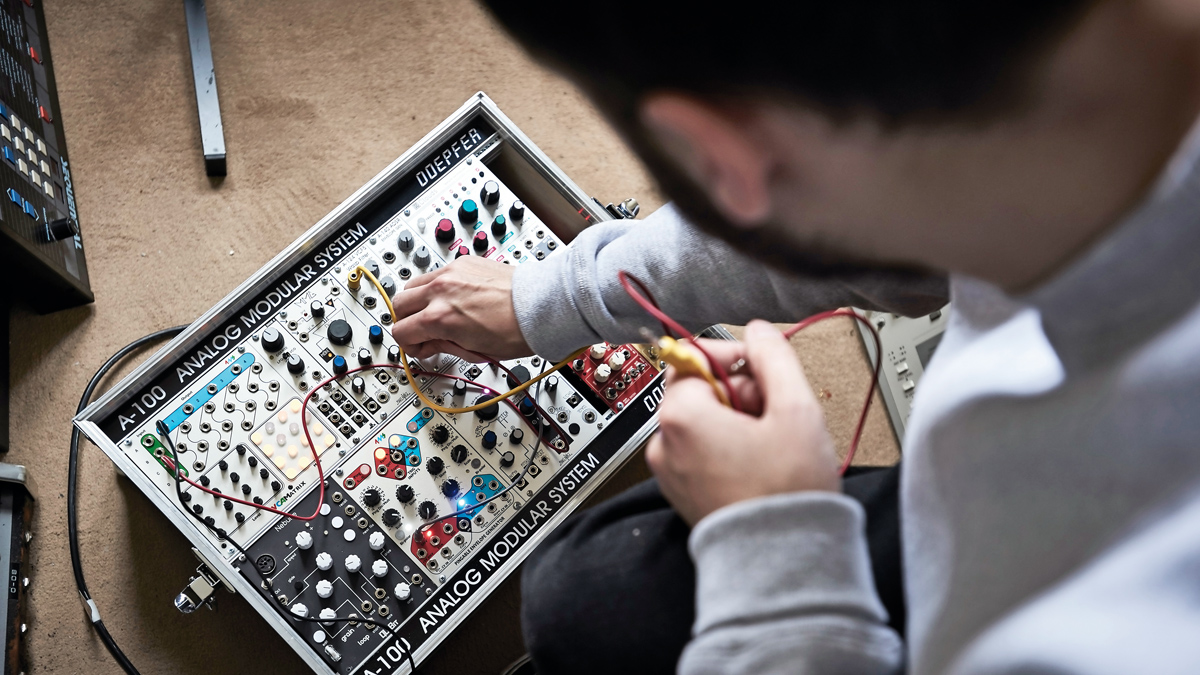
By its very nature, modular synthesis can be adapted to do a lot of things, making it a handy way to replace the functionality of a DAW in your studio or live setup.
Modular synthesis has had a huge resurgence over the past two decades and, while there are multiple modular formats out there, Eurorack offers the simplest approach, since it offers access to a massive array of modules with standardised case and power formats.
In terms of specific modules, it’s impossible to narrow the multitude of options out there down to a single recommended setup. Oscillators, filters and effects can handle sound creation and shaping, while combining some of the multitude of creative sequencers on the market makes it easy to build complex patterns and full songs (the likes of Erica Synths’ Black Sequencer and Drum Sequencer would be a good place to start).
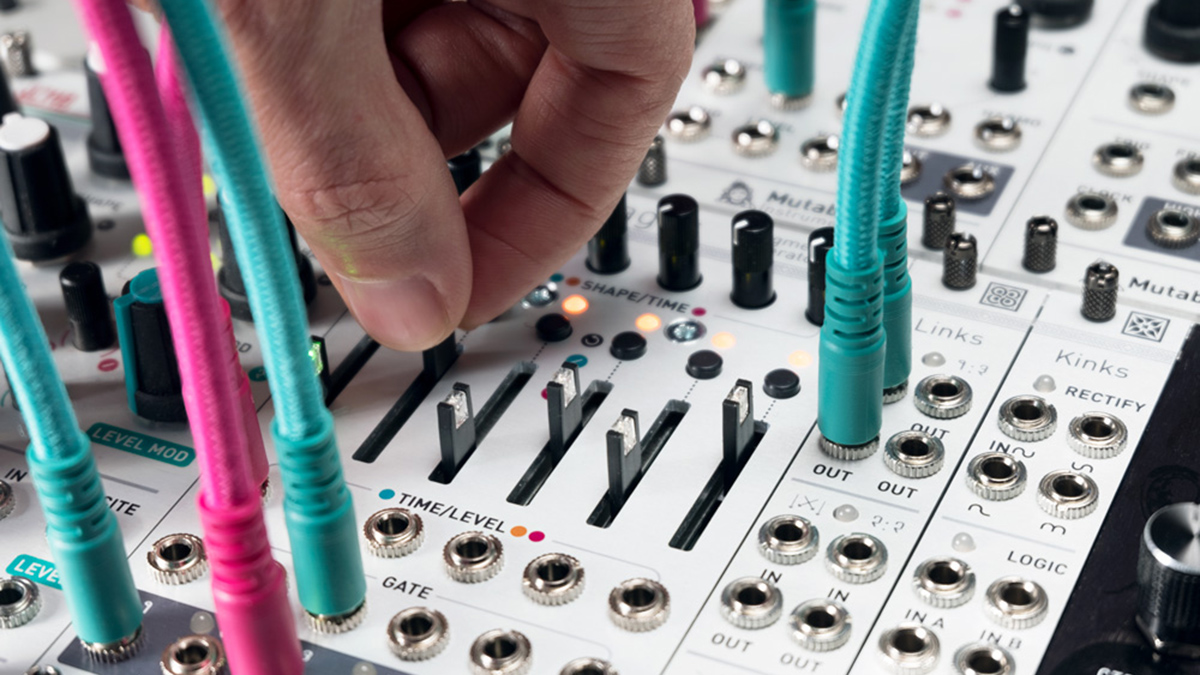
Best Eurorack modules 2023: essential oscillators, filters, utilities, effects and more
Where Eurorack really comes into its own is in the range of modulators, clocks and utilities that can be implemented. Between the range of creative LFOs, envelope shapers, CV processors and rhythmic timing devices available, it’s possible to form custom rigs that can create incredibly complex, evolving patterns that require very little physical input. When it comes to replicating and – in many ways – outstripping the automation and modulation tools of a DAW, Eurorack could certainly be the way to go.
There are some notable drawbacks to basing your studio or live setup in the modular realm though. The first is cost. While it’s a common joke to say that modular users spend thousands of pounds just to create simple bleeps, there’s a kernel of truth in the idea that, if you’re looking to create full and complex arrangements from a modular system, you’re looking at a serious investment before you can match the flexibility of a plugin synth.
A second, related, drawback is the lack of polyphony – most synth modules are monophonic, and in order to create chords, pads and multi-layered arrangements, you’ll need to add yet more modules to your shopping list.
Pros: The modular realm offers unrivalled flexibility. Create whatever setup you want and use a wide variety of sequencers and utilities to vary sounds.
Cons: Modular gear is very expensive, particularly once we get into the realms of polyphonic sounds and multiple track elements.
4. Workstations and grooveboxes
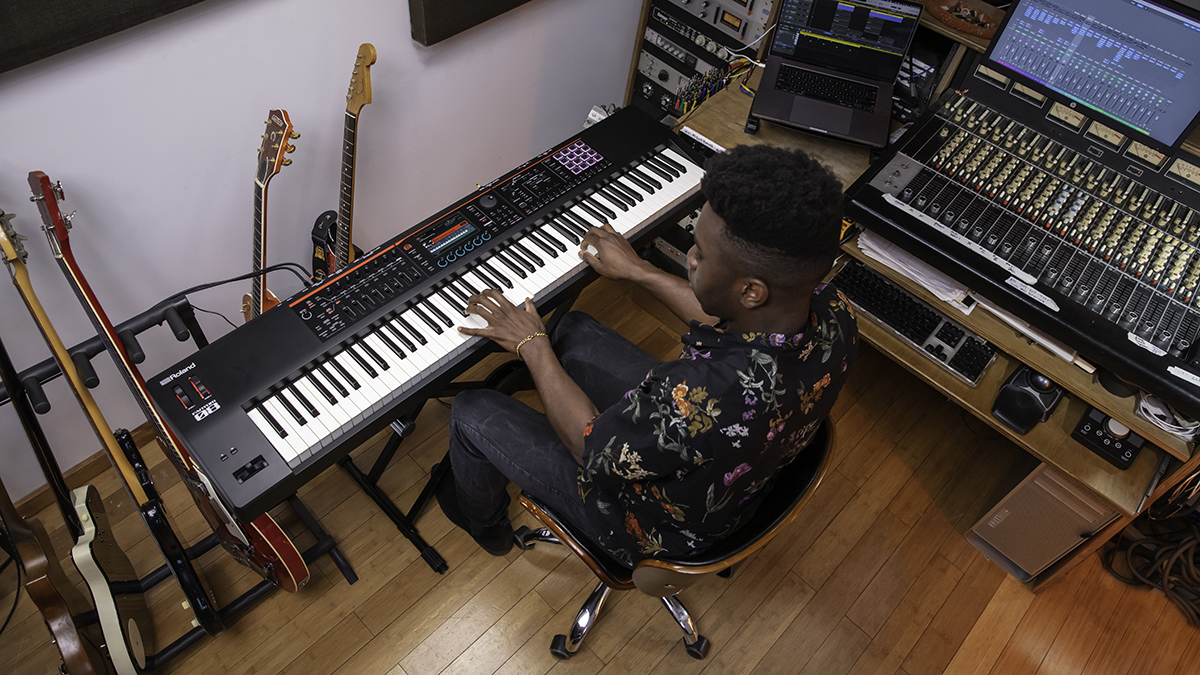
Workstation keyboards are often seen as slightly unfashionable next to their sexy polysynth counterparts, but if you need a self-contained songwriting or live setup, they offer masses of flexibility from a single instrument. What we’re counting as ‘workstations’ here would be instruments like Roland’s Fantom range, Korg’s Nautilus or Yamaha’s Montage and MODX+.
All of these instruments combine elements of synth, stage piano and sampled sound content, for a broad sonic range that touches a multitude of bases (much like a DAW’s stock library of sounds).
More importantly though, they all also feature sequencing, set-list or automation tools that go beyond the capabilities of most synths, resulting in far more flexibility when it comes to creating compositions or planning performances. Akai’s more recent MPC Key arguably falls into this category too, although it’s pretty much the same as the MPC Live albeit with a nice keyboard attached.
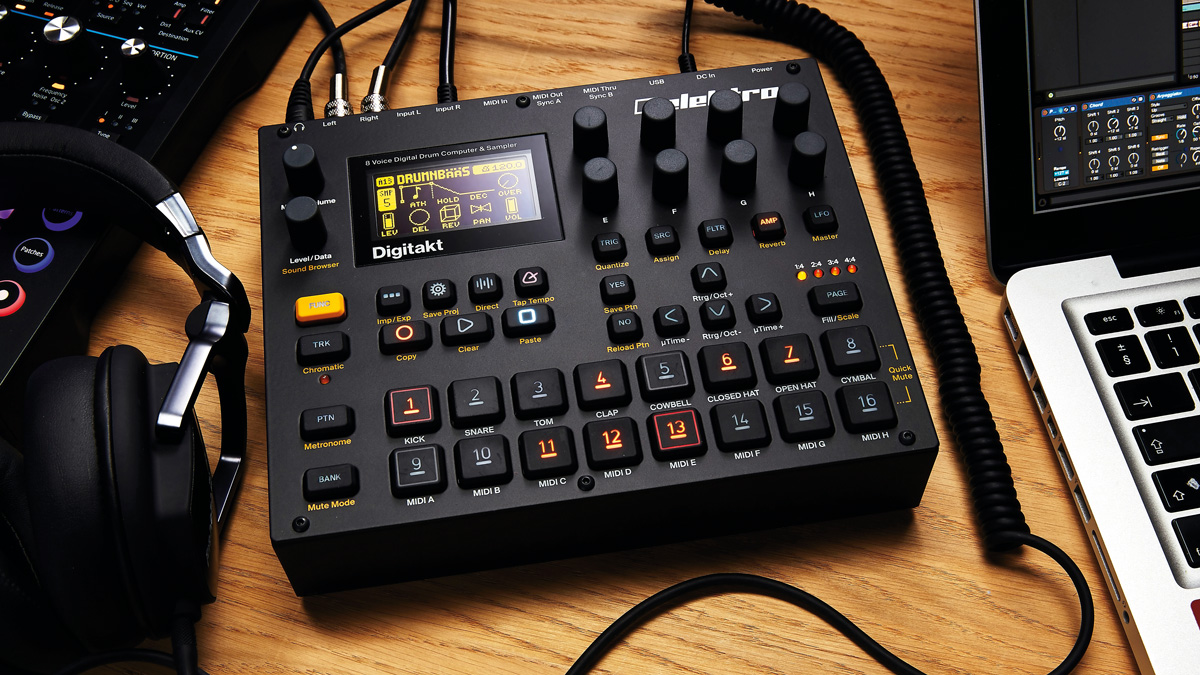
Similar, if functionally a little different, are grooveboxes like Roland’s SH-4d, Elektron’s Digitakt/Digitone/Syntakt range, Novation’s Circuits or Polyend Tracker and Play. These devices all sit somewhere between the straightforward sound creation of a basic synth or drum machine and the multi-faceted functionality of a ‘DAW-in-a-box’.
Each is polytimbral and all can, to varying extents, create both beats and melodic patterns. These devices, as well as performance samplers like Roland’s much-loved SP-404 or Elektron Octatrack, are all considerably less powerful than a full DAW, but still capable of building long form compositions and acting as a hub for further hardware.
Pros: Many options listed here are cheaper, or at least more accessible than full ‘DAW-in-a-box’ tools, and put less emphasis on their screens.
Cons: You’ll likely need to combine multiple devices or add extra gear to create a full performance or studio rig.
- Do you make music with a DAWless setup? Submit a studio shot to Show Us Your Studio and get featured on MusicRadar.
